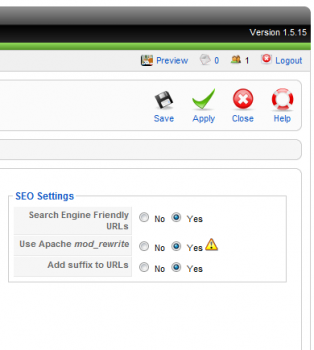Ok is it just me who does everything slowly and badly until someone comes along and says why are you doing it like that? My justification is that the job has to be done no matter what.
If you've ever sat there with phpMyAdmin or a MySQL Administration Tool (like Navicat or SQLYog), and still there at night editing each field so that it displays correctly... well that's usually me.
Found it a bit boring but here's a short bit of code to speed it up which I now use:
copyrawstyler
update table_name set field_name=REPLACE(field_name,'string_to_find','string_to_replace');
- update table_name set field_name=REPLACE(field_name,'string_to_find','string_to_replace');
Source: http://www.mediacollege.com/computer/database/mysql/find-replace.html
Category: MySQL :: Article: 248










